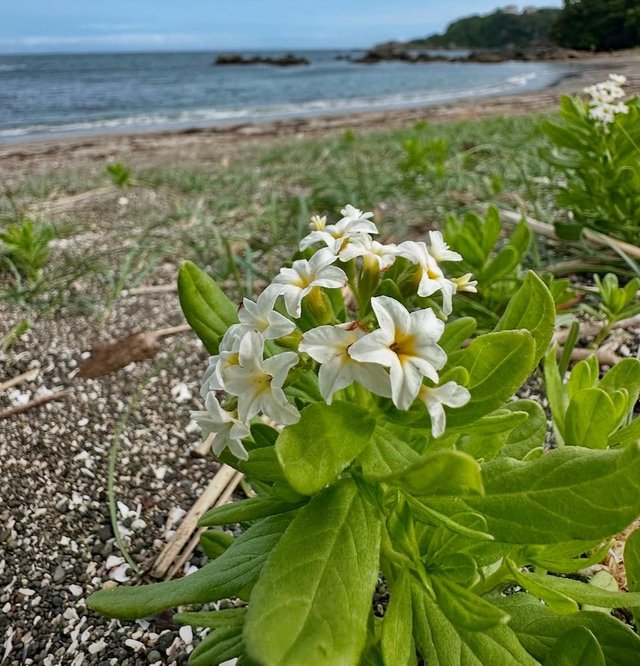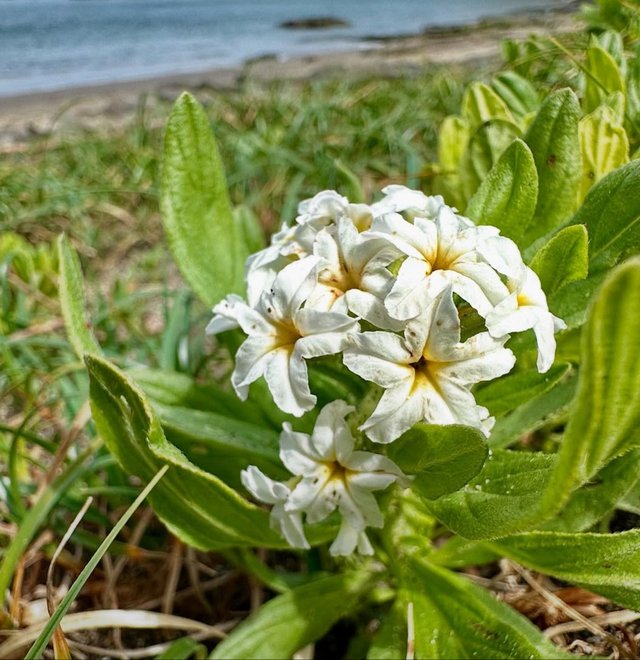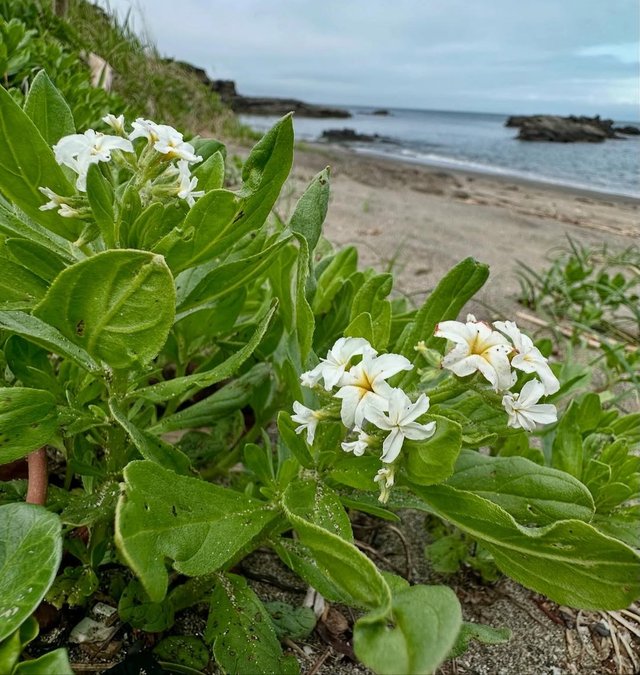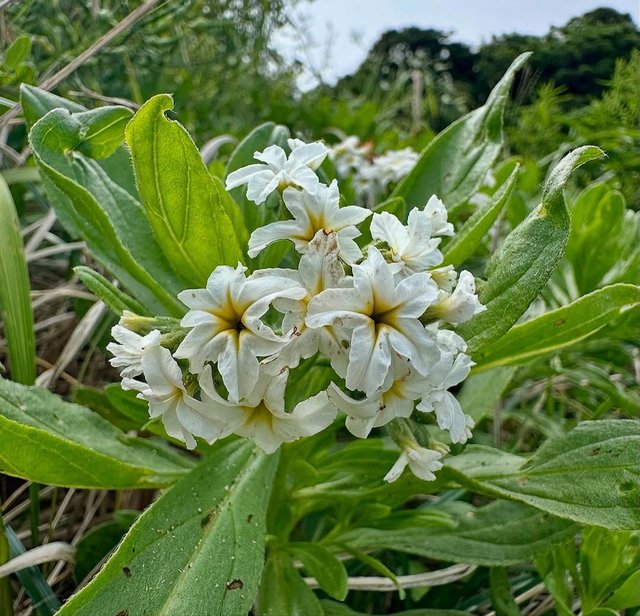So Beautiful Heliotropium Anomalum Flower
Heliotropium anomalum: A Coastal Gem of the Pacific
Heliotropium anomalum, commonly known as Polynesian heliotrope, is a fascinating flowering plant with deep ties to Pacific Island culture, ecology, and traditional knowledge. With its delicate white-to-cream flowers and striking resilience to coastal environments, this plant has secured a unique ecological niche and cultural significance across the islands of the Pacific.
Botanical Profile
Scientific Name: Heliotropium anomalum
Family: Boraginaceae
Common Names: Polynesian heliotrope, hinahina kū kahakai, taupata, and naunau
Habitat: Coastal dunes, sandy beaches, coral atolls, and lava outcrops
Native Range: Indigenous to the tropical Pacific, including Hawaii, Samoa, Tonga, Micronesia, and other Polynesian islands
This species is a low-growing, perennial shrub, typically sprawling across sandy soils or creeping over rocks. Its silvery-green foliage is covered in fine hairs, which not only give the plant its attractive sheen but also help reflect sunlight and reduce moisture loss—critical adaptations for survival in harsh coastal environments.
Appearance and Growth
Heliotropium anomalum is characterized by:
Leaves: Oblong to oval, often silvery or gray-green, with a soft, felt-like texture.
Flowers: Small, white to cream-colored, funnel-shaped, and typically arranged in coiled inflorescences called scorpioid cymes—a hallmark of the Boraginaceae family.
Height and Spread: Typically grows up to 1-2 feet in height and can spread widely, forming dense mats that help stabilize sandy soil.
Its ability to tolerate salt spray, high winds, and poor soil makes it an ideal plant for shoreline stabilization and native landscaping in coastal restoration projects.




%20(9).jpeg)